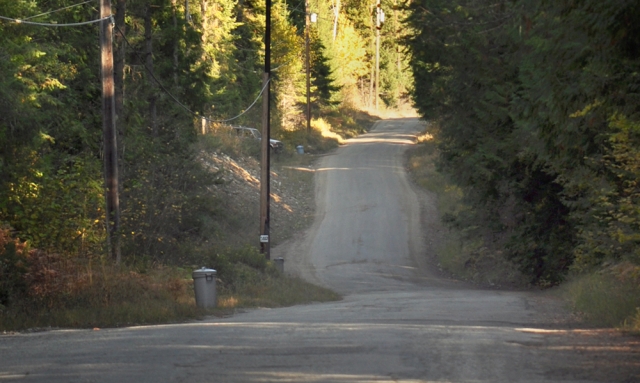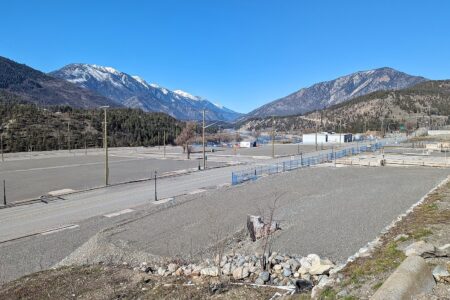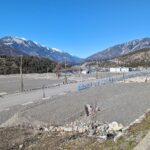OP/ED: Healthy forests for communities
By: Bill Bourgeois
In the past two decades, British Columbians have witnessed two starkly different approaches to managing the province’s forest resources.
Following the so-called “war in the woods” in the early 1990s, the Provincial Government responded with a series of initiatives emphasizing land-use planning, greater public involvement in forest management decisions and increased public investments in the forests.
The next decade saw the pendulum swing sharply the other way. The government backed away from prescriptive policies, placed less emphasis on forest stewardship and more on short-term economics with reduced resourcing for long-term maintenance of the forest asset.
There are those who complain that the first approach was far too prescriptive and amounted to regulatory overkill, while critics of the latter say it amounted to government capitulating to entrenched business interests.
Either way the critics have their points, which raises the question: If both approaches had or have their faults, where should we go from here?
One thing is clear. Whatever path is chosen, it needs to ensure the result will be healthy forests, because with healthy forests we lay the foundation for healthy, resilient communities.
Many communities are currently confronting the prospect of sharp declines in local forest industry employment due to a general decline in the health of surrounding forests. This is most notable throughout the central interior of the province where the mountain pine beetle attack was most severe and a mounting “timber supply” crisis looms.
The fact a shortage in commercially desirable trees nears is incontestable. The pine beetle attack, other pests, the generally poor health of some forest stands, and years of elevated logging activity mean numerous mills in a number of different communities will likely cease operation. This likely translates into significant job losses in numerous communities.
However, does a recently unveiled response by the Provincial Government make sense? It considers easing or eliminating various non-timber resource-based constraints on logging in an effort to soften the economic blow, but only to a relatively small extent according to a recent Government staff analysis, and at what future cost? Could temporarily holding onto some jobs now by propping up unsustainable logging rates mean even greater environmental and economic pain in the years ahead?
Such questions need to be asked and answered soon.
Last year, I was fortunate to be associated with 20 communities in the province where, as part of a non-partisan initiative, people were asked would make for a more secure future for their forests and their communities. The dialogue included several communities in the so-called “beetle zone” that are soon to be visited by a legislative committee asking for opinions on the proposed lifting of logging constraints.
This, quite frankly, seems to me to place the cart before the horse. Rather than asking what we do now by way of a rearguard action to hold onto a diminished number of jobs by further diminishing our forest base, we ought to be going back to fundamentals. How do we achieve healthy forests, and with healthy forests healthy communities?
Achieving this, at a minimum, will require a 10-year investment strategy. Here, to begin, are three areas to initially focus on shaping such an investment strategy on our vast, publicly owned forestlands.
First, we need Government to clearly state a vision to show what healthy forests and healthy communities will look like and guide effective legislation, regulations, policies, practices and investment choices.
Second, we need, at this admittedly challenging time, to bring communities in a meaningful way to the table so they can be directly involved in decisions of how local forest resources (not just timber for sawmills, but clean water and other important natural resources) are managed.
And third we need a commitment by Government to provide stable funding for inventorying what we have in our forests, for conducting important research that guides and informs good policy choices, and for ensuring everyone complies with the best forest practices.
We can have healthy forests that achieve community and family health and increased provincial revenues to boot. The time to begin the process of achieving these is now.
– Bill Bourgeois, holds a PhD in forest soils, and has worked in his capacity as a professional forester for 38 years in various capacities with the provincial government, forest companies and as a consultant. He is the coordinator of Healthy Forests-Healthy Communities: A Conversation on BC Forests, a non-partisan initiative providing an opportunity for community members and experts to discuss the future of forestry (http://bcforestconversation.com ).

























